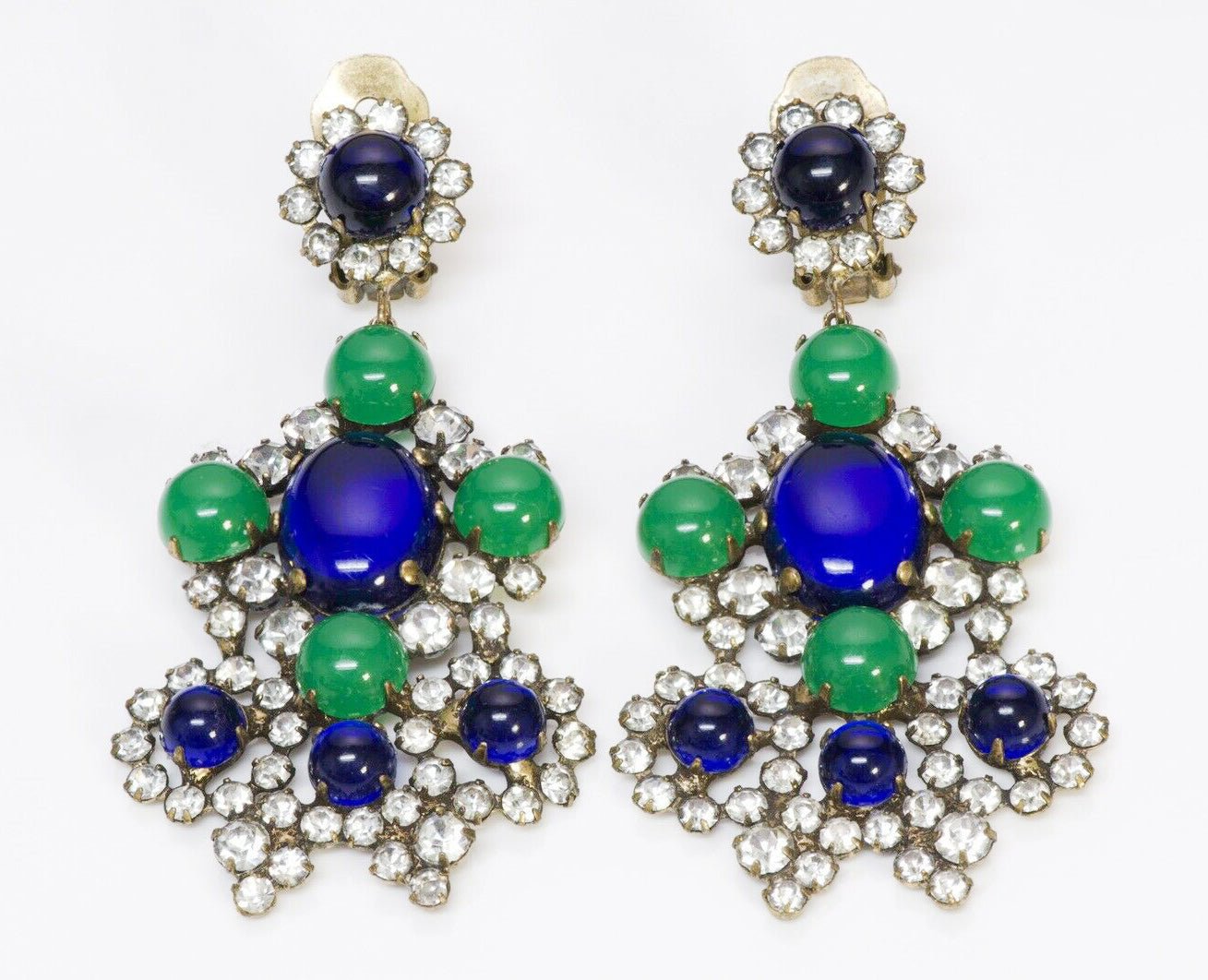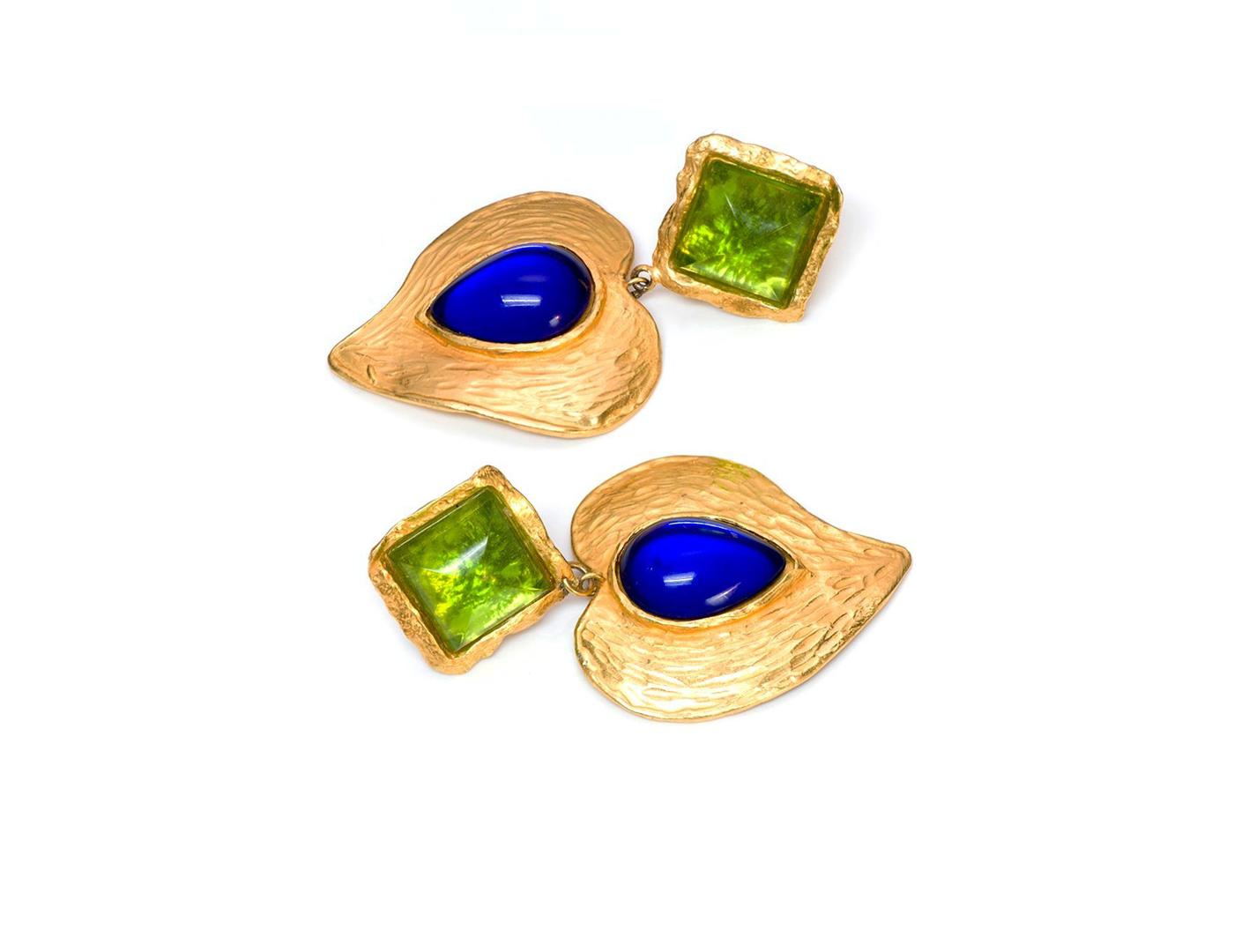
Miriam Haskell Jewelry: The Prettiest Costume Jewelry Pieces You Will Ever Own
Miriam Haskell Jewelry
Glass and wooden beads, delicate clay flowers, rose montees, intricate hand work, and timeless design--all of these are instantly recognizable trademarks of Miriam Haskell Costume Jewelry. The pretty necklaces, lariats, clips, brooches, bracelets, earrings and parures, both early unsigned Frank Hess pieces and signed Miriam Haskell jewelry are highly sought after in today’s antique and jewelry market. These items are so wanted in fact, that even the reprints of Miriam Haskell’s print ads, watercolor works by Larry Austin, have become collectables.
Envisioning New Era In How Women Will Choose Their Jewelry
Young Miriam’s passion for all things beautiful, in combination with the daring energy and character of the Roaring Twenties, culminated in creating Miriam’s own costume jewelry brand. In this short period of time, before World War I, when most of the fashion rules were broken, Haskell's vision of women having abundance of jewelry--“one for each outfit”--met with enormous popularity. The price tags for her costume jewelry were much lower than the price of fine jewelry pieces, made using precious metals and stones that were meant for the most part, to accompany elaborate evening gowns.

Stock Market Crash Doesn’t Touch Miriam Haskell Jewelry Sales
Eleven years after the World War I ended, the stock market crash of 1929 brought with it the worst decline in U.S. history. This four-day collapse of stock prices in October, 1929 brought more financial losses to the U.S. economy than the total cost of World War I, resulting in the Great Depression. The popularity of Miriam Haskell costume jewelry continued regardless, even after the stock market crash. Her jewelry sales did not see any significant drop for another two years. The first major difficulty the established costume jewelry brand encountered was the disruption of white metal and Bohemian glass supply that occurred a decade later, during World War II.
Authentication of Miriam Haskell Jewelry
In the Miriam Haskell Jewelry Unique Designs we touched base on the fact that Miriam never registered her designs. Her first signed pieces appeared in 1950 and were offered for a short period of time and The Miriam Haskell trademark was not received until 1988, over six decades after she established the brand. In the setting where no signature or other brand-specific marks to identify Miriam’s work prior to 1950 are available, it takes a great deal of research, knowledge, experience for vintage jewelry dealers to verify pieces of costume jewelry as Haskell 's.
Besides, the "Miriam Haskell" signature on the back of her jewelry of that period wasn’t actually signed by her, but by her brother who took over the business in the middle of 20th century. In fact, some of the pieces were identified as her design by comparison to numerous print advertisements in the 20s through 50s in women’s magazines, as well as publications spanning from 1920 through the 1960s that feature photographs of Joan Crowford wearing Miriam Haskell jewelry. The pictures in magazines and other periodicals would have a detailed captioning and would include the name of the jewelry brand.
International Influence and Inspiration Source
Miriam Haskell drew inspiration for her designs from many cultures the globe over: Ancient Egypt, South America, Ancient China, Greece, Italy, and native American designs. Her choice of material was equally diverse: From pink Montagna, artificial pearls (shipped from Japan), flotsam, pressed glass, mirror backs, semi-precious stones to wooden buttons, seeds, resin, and clay.
Even the techniques used to assemble each and every hand made jewelry piece was widely ranging from the by-the-book faux pearls settings in brooches and glass beads hand sewn onto metal half-spheres in earrings, to utilizing weaving techniques in her famous coil bracelets and using decorated buttons as closers for necklaces and bracelets.
View Our Collection of Designer Jewelry


















